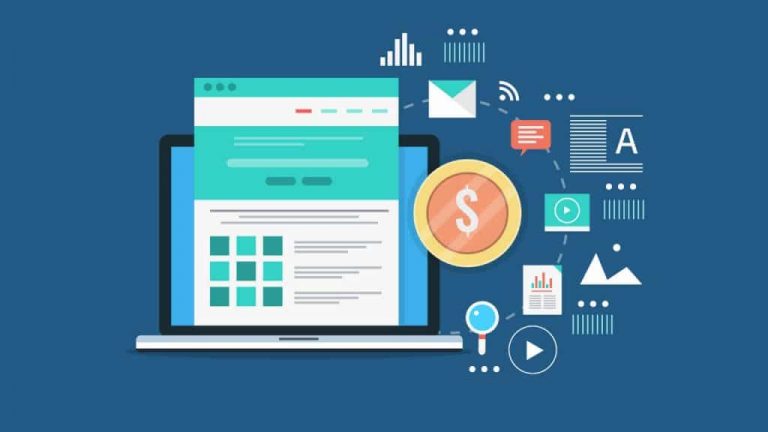How To Get More Readers For Your Blog By Integrating Local News

You already know that content marketing is an excellent way to build a meaningful relationship with your audience. Studies have shown that companies that blog generate up to 97% more inbound links than those that don’t.
But, here’s the problem: we are producing more content than ever before. In fact, 9 out of ten marketers say that they plan to produce more content in the next 12 months than they did this year.
We are drowning in a sea of content, and there are no signs that the flood will stop anytime soon. As a result, it’s becoming increasingly difficult for small businesses to stand above the noise.
But, before you give up blogging altogether, here’s a tactic that has the potential to bring you thousands of readers.
We’re talking about local news.
Why Local News Can Benefit Your Blog
A lot of small businesses ignore the local news, although it’s not only a valuable source of inspiration but also an excellent way to generate traffic. More than that, you can also establish yourself as a thought leader in your niche by analyzing a news article and giving it your unique point of view.

However, if you want this blogging tactic to be effective, you need to do more than just regurgitate the same information as everybody else. For example, if you’ve read a news article on Tuko.co.ke about the Kenyan election and you think it may be of interest to your audience, don’t just repeat what the journalist said. Other bloggers and even news media organizations have already repeated the message a bunch of times and on different channels. It’s becoming tiring. Instead, you need to comment on the news, give your input, and help your readers understand the impact or consequences of the events.
The trick is to find news that’s worth commenting on and sharing.
Here’s how:
Pay Attention to What’s Happening in Your Local Community
In your quest for finding interesting things to write about for your blog, you will probably be looking through tons of sources. From mainstream media to fringe blogs, the job of a blogger involves reading a ridiculous amount of content.
It can get overwhelming pretty fast.
So, you need a system in place.
Make a list of the sources that you are certain to cover topics that are of great interest for your audience. Segment them into categories like “Industry Trends,” “Inspiring Stories,” “Local News,” and so on.
Add new sources to your list as you continue your daily research. But, make sure they are relevant to you and your audience. You don’t want to waste your time with local news media that doesn’t provide any real value for your audience.
Carve at least 45 minutes every day to reading and examining the latest events in your community. Pick the ones that matter to your audience and write about them on your blog. As we said before, make sure you add value and something extra to make the piece stand above the noise.
Now, it’s time to promote your content.
How to Get More Readers with Local News

One of the simplest ways to get more people to read your article about the latest local events is to share it on social media and credit the magazine or newspaper that you’ve used to write your content. For example, if you’ve created a more comprehensive article about the best language tutors in your area, mention the source that wrote about the topic first. That way, you can expand your reach and put your blog in front of a wider audience.
You can also share your content in local Facebook groups or subreddits and encourage people to read it. Or, you could join the conversation, write meaningful comments, and only then provide a link to your article.
Over to You
Have you ever used the local news to increase your blog traffic? Did it work? We’d love to hear your thoughts. If you found this article useful, feel free to share it with your friends.






